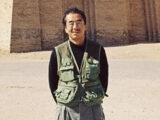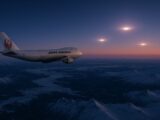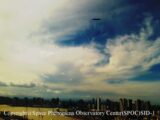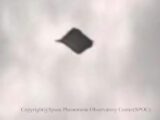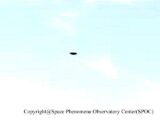"Send Apples, C": The Wild Japanese UFO Cult That Predicted the End of the World
“Send Apples, C”: The Wild Japanese UFO Cult That Predicted the End of the World
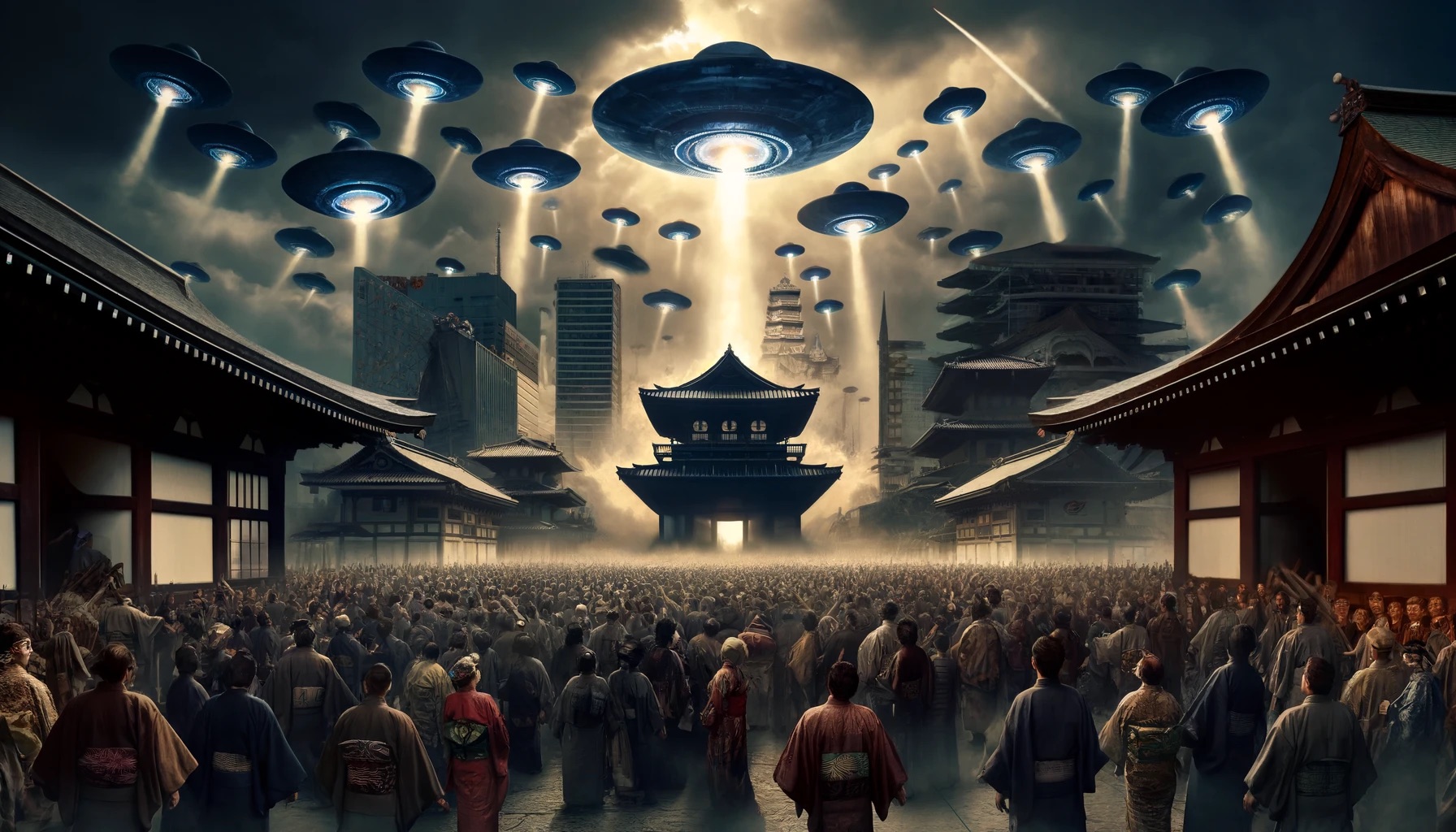
“This is the year the world will end.” Prophecies of doom are as old as humanity itself. Every year, new predictions emerge, citing everything from Nostradamus to alien messages. The history of such doomsday forecasts is long; even the ancient Babylonian priest and astrologer Berossus predicted that the world would be destroyed when all the planets aligned in the constellations of Capricorn and Cancer.
In Japan, however, the constant cycle of yearly apocalypse predictions seems to be a more recent phenomenon, really taking hold in the 2010s. That’s not to say Japan hasn’t had its share of doomsday scares throughout history. In the Kamakura period (1185–1333), the Buddhist concept of Mappō, or the “Age of Dharma Decline,” became widespread, with the influential monk Nichiren prophesying that Japan would be destroyed by foreign invasion. In 1910, the approach of Halley’s Comet sparked widespread panic. And in 1973, the book The Great Prophecies of Nostradamus by Ben Goto became a massive bestseller, popularizing the idea that humanity would perish in 1999 and spawning a cottage industry of self-proclaimed prophets eager to cash in on the craze.
But among these tales of impending doom, one incident stands out as a uniquely bizarre and infamous chapter in Japanese UFO history. It’s known as the “CBA Incident,” or more famously, the “Ringo Okure, C” incident. The phrase translates to “Send Apples, C”.
This was a prophecy that in either 1960 or 1962, the Earth’s axis would tilt, wiping out most of humanity. The prediction was spread by a prominent Japanese UFO research group called the Cosmic Brotherhood Association (CBA). Like so many other doomsday prophecies, the predicted date has long since passed, and few now remember the event. The former members of CBA rarely speak of it. Yet, the shockwave it sent through the Japanese UFO community at the time was immense, making it what many consider the “dark history” or greatest embarrassment of Japanese ufology.
The Rise of the CBA and a Terrifying Prophecy
The CBA was a civilian UFO research group founded in August 1957. Many of its founders were driven by a profound desire to make contact with extraterrestrials. Through their newsletter, Flying Saucer News, they introduced UFO cases from abroad and translated and sold the works of famous American “contactees” like George Adamski and Daniel Fry. The “Send Apples, C” incident began when the CBA’s director, Yūsuke Matsumura, translated a book by the American contactee brothers, Ray and Rex Stanford, titled Look Up!
The Stanford brothers claimed to have been in telepathic communication with a friendly alien race called the “Space Brothers” since 1954. Their 1958 book contained a startling prediction: a cataclysmic pole shift would occur in 1960. The CBA leadership was understandably hesitant to publish such a definitive and terrifying prophecy.
First, they contacted the authors to confirm. The Stanfords’ reply was unwavering: “The space people I have met have never once lied to me.” Still unconvinced, the CBA decided to ask the aliens directly. On June 27, 1958, Matsumura and other CBA executives gathered on Mount Tsukuba, a location known for spiritual energy, and attempted to summon a UFO. They reported that a craft did appear. However, when they tried to ascertain the exact year of the cataclysm, only two members received the number “1962” in their minds, which was deemed inconclusive.
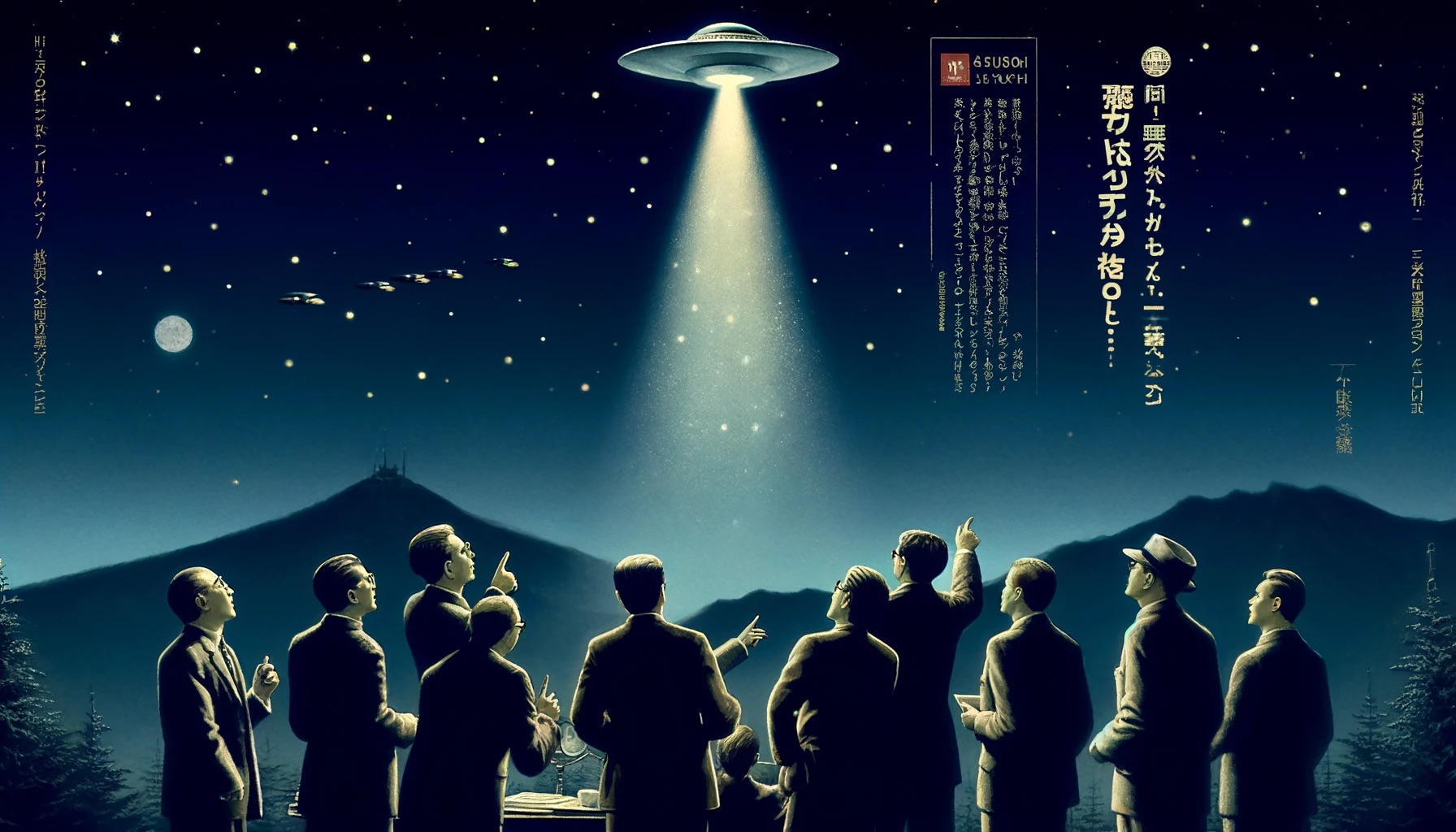
Around this time, Director Matsumura, who had previously been skeptical of contact claims, began having his own direct encounters with aliens. In a fascinating turn of events, the former skeptic became a contactee himself. He asked an elder alien being when the great cataclysm would occur, but was told that even the aliens didn’t know the exact date. Crucially, he was also warned to “proceed with caution.” As a result, when the Japanese edition of Look Up! was published, the year was deliberately obscured to “196X.”
The CBA’s actions during this period were inconsistent. They hinted at a major upcoming event in their publications but remained vague even with their own members, suggesting a possible internal conflict within the leadership. Meanwhile, a faction within the group, convinced that the disaster was imminent, began making secret preparations.
The “Tokunaga Document” and the Coded Message
This secret movement is best exemplified by a document known as the “Tokunaga Document.”
Drafted in late 1959 by CBA executive Mitsuo Tokunaga, the document laid out a chilling scenario. It stated that a pole shift would occur in 1960 or 1962, causing massive tidal waves to engulf the continents in a global flood. But there was hope: the “Space Brothers” would arrive in a fleet of saucers to rescue them. There would be two pickup points in Japan—one in the east and one in the west. The exact locations would be revealed shortly before “C-Day” (the “C” standing for Catastrophe). Ten days before C-Day, a coded message would be sent via telegram to all members. Upon receiving it, they and their families were to gather at the designated locations.
The coded message was: “Ringo Okure, C” (リンゴ送れ、C) — “Send Apples, C.”
(Note: In some New Age beliefs, “Wanderers”—aliens reincarnated as humans to help Earth—are metaphorically referred to as “apples.” This idea likely influenced the CBA’s choice of code.)
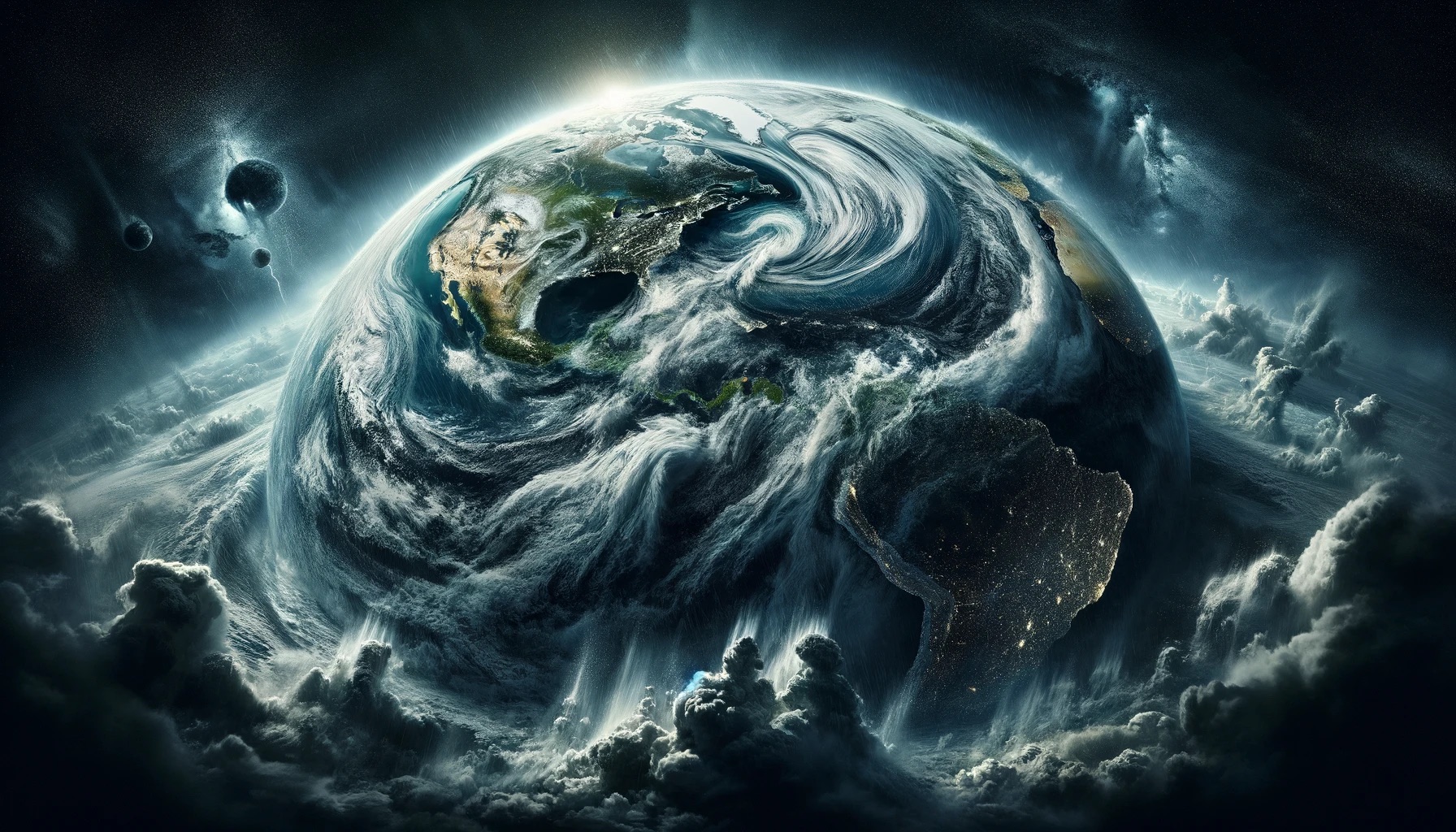
News of these secret preparations quickly spread to other UFO groups and researchers. On January 29, 1960, the Sankei Shimbun, a major national newspaper, published an article exposing the CBA’s doomsday prophecy. The leak was rumored to have come from Isao Hirano, a French literature scholar and CBA member.
The story snowballed. An April issue of the magazine Weekly Sankei ran sensationalized, unverified claims, such as “Kyoto high school girls engaged in wild orgies, saying ‘Let’s party while we still can!'” Other reports described groups stockpiling food and preparing to flee, high school students in Hiroshima skipping exams, and even a merchant in Hokkaido who sold his house and property to await the end of the world.
For other, more scientifically-minded UFO researchers, the scandal was a nightmare. They feared being lumped in with what they saw as an unscientific cult. Before the incident, the CBA had a relatively good relationship with other organizations. Matsumura had written several well-regarded articles for other publications, and his 1957 UFO photograph had even been praised by a rival group. The “Send Apples, C” incident shattered these relationships.
Of course, the pole shift never happened. The fleet of saucers never arrived.
The Aftermath and a Lasting Legacy
After the fiasco, Matsumura briefly stepped down as the CBA’s director but returned to his position less than a year later. Surprisingly, the organization’s influence grew. It was the post-incident CBA that popularized several enduring ideas in Japanese pop culture, such as the theory that the ancient Shakōki-dogū (goggle-eyed figurines) from the Jōmon period were depictions of ancient astronauts, and the ritual of chanting “Ventla, Ventla” while holding hands in a circle to summon UFOs.
What became of the Stanford brothers? Ray Stanford continued his explorations into UFOs and spirituality, founding mystical organizations. His brother, Rex, pursued a more academic path, earning a Ph.D. in parapsychology from the University of Texas at Austin and even serving as president of the Parapsychological Association in 1973. Both men, however, have remained completely silent about their book Look Up! and its infamous prophecy.
The “Send Apples, C” incident, though largely forgotten, has left a faint but bizarre echo in modern Japanese culture. Kenji Ohtsuki, a famous rock musician, wrote a song for the anime series Zan: Sayonara, Zetsubou-Sensei (Goodbye, Mr. Despair). Its original title was “Ringo Okure, C.” However, fearing it might stir up trouble with any remaining CBA loyalists, the title was changed to the nonsensical “Ringo Mogire Beam!” (“Apple-Plucking Beam!”). A strange end for one of the strangest stories in UFO history.
References:
Chijiku wa Katamuku (The Axis Will Tilt), Cosmic Brotherhood Association (Uchu Yuko Kyokai)
Itsumo UFO no Koto wo Kangaeteita (I Was Always Thinking About UFOs), Bunkeido
Sora Tobu Enban News Bekkan: CBA no Ayumi (Flying Saucer News Special Edition: The History of the CBA)
Uchugo / Uchujin (Cosmic Language / Aliens), Cosmic Brotherhood Association (Uchu Yuko Kyokai)
Sankei Shimbun (Newspaper), January 29, 1960 issue
Weekly Sankei (Magazine), April 11, 1960 issue
※ Unauthorized reproduction, video creation, and uploading of this article's content to YouTube, blogs, or other platforms is strictly prohibited.
Related Articles

The JAL Flight 1628 UFO Incident: Declassified Files Reveal a 50-Minute Encounter Over Alaska

The Tokyo Monolith: Observatory Captures a Vibrating, Jet-Black UFO That Warped Spacetime

The “Black Manta” of Tokyo Bay: Robotic Observatory Captures a Bizarre, Living UFO

The Perfect Ellipse: Robotic Observatory Captures a Flawless, Two-Toned UFO Over Tokyo Bay
Popular Series
This is the page for “Send Apples, C”: The Wild Japanese UFO Cult That Predicted the End of the World. Find the latest news about ConspiracyTheories, Prophecies, JapaneseUfology and more on TOCANA - the paranormal news media that stimulates your curiosity
UFO & UAP Latest Articles
The JAL Flight 1628 UFO Incident: Declassified Files Reveal a 50-Minute Encounter Over Alaska
2025.09.09 23:00 UFO & UAP